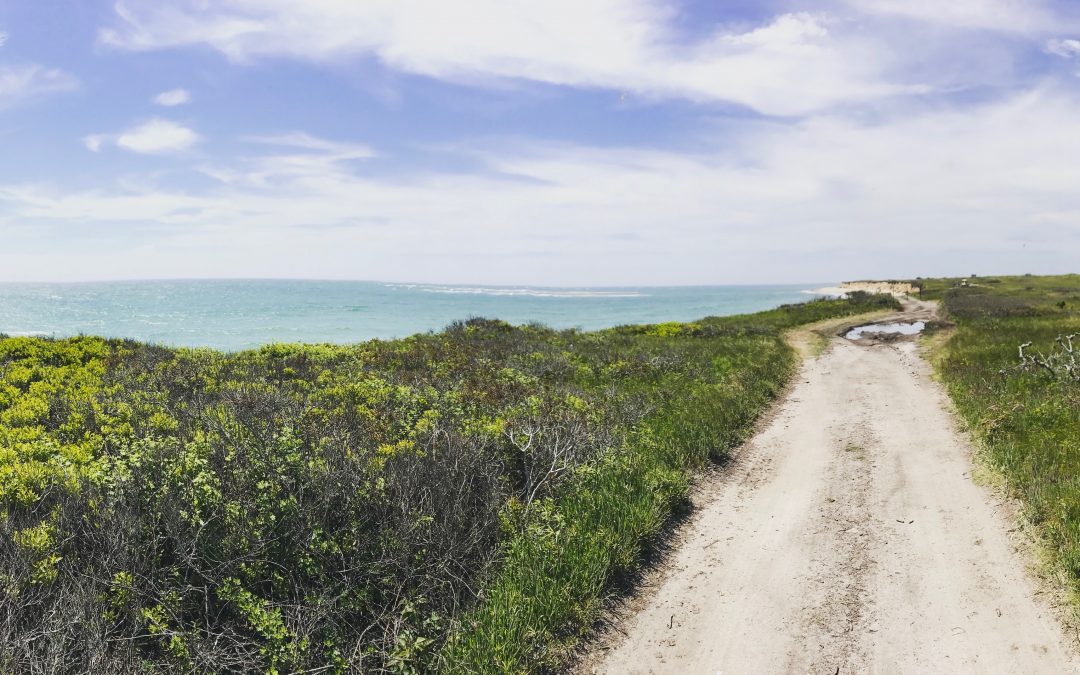This year I spent the months of April-July tagging herring gulls at three colonies for my M.S. thesis reserch. My fieldwork this season primarily involved capturing the gulls using noose carpets and deploying/recovering GPS tags to track foraging movements during incubation along an urban gradient. Deploying these tags provided high resolution data from individual birds for 1-2 weeks at a time. When recovering GPS tags from the gull, we also collected blood samples and cloacal swabs in order to examine immunity and the microbial community in the lab at a later date. Field work this year was an adventure since my study sites were located in three distant colonies, in Jamaica Bay Wildlife Refuge in NYC (my most urban site), in Stony Brook Harbor on Long Island (my intermediate site), and on Tuckernuck Island off of Nantucket (my least urban site), and travelling between these sites entailed a lot of new landscapes and a lot of awful traffic! It was exciting to see seabird colonies thriving in such contrasting coastal and urban environments. Many of these colonies were home to not just herring gulls, but also a variety of breeding birds such as great black-backed gulls, common terns, least terns, and American oystercatchers. My collaborator and committee member Dr. Dick Veit joined us for many of our field days and fieldwork on Tuckernuck Island was conducted from his house, which has beautiful views of the coastline. Spending several weeks on Tuckernuck this summer was a blast and allowed me to collect data from herring gulls from a location that few biologists can visit, and also enabled me to learn about seabird biology from resident biologists. Fieldwork on Tuckernuck included many unique bird observations, including sightings of several species of shearwater, Iceland gulls, blue grosbeak, and purple gallinule! Preliminary observations from the GPS tracks deployed this field season indicate a substantial difference in foraging behavior across the three colonies, and demonstrate that some individual birds target specific human food sources repeatedly. I am now in the process of analyzing my spatial data, specifically using first passage time to identify foraging areas, and will soon begin genetic analyses to examine the microbiome.

